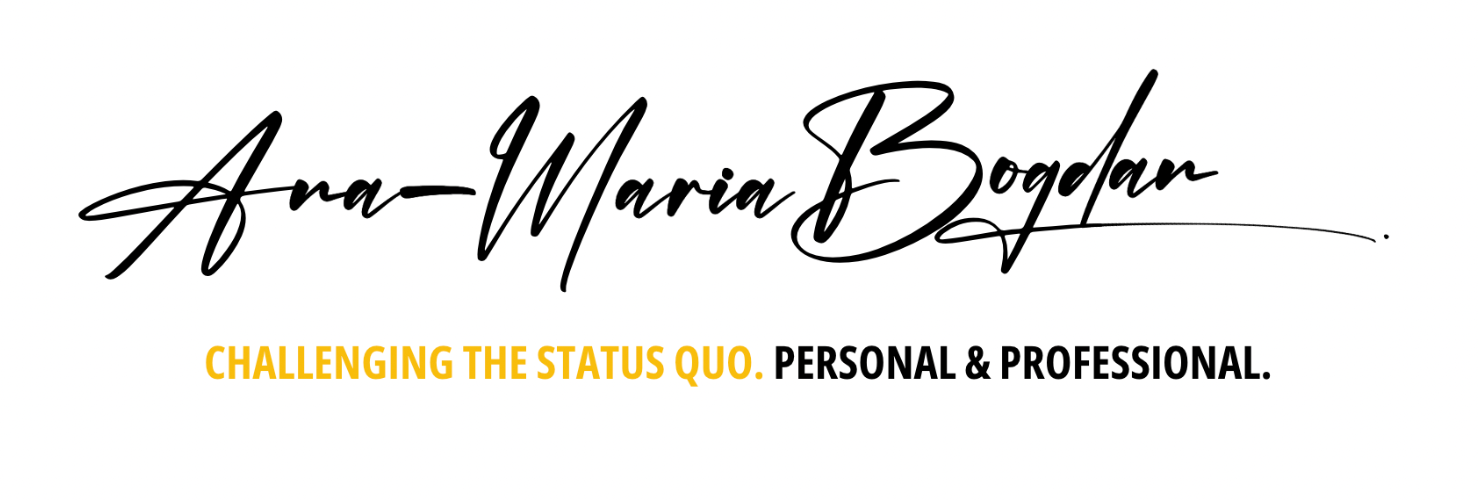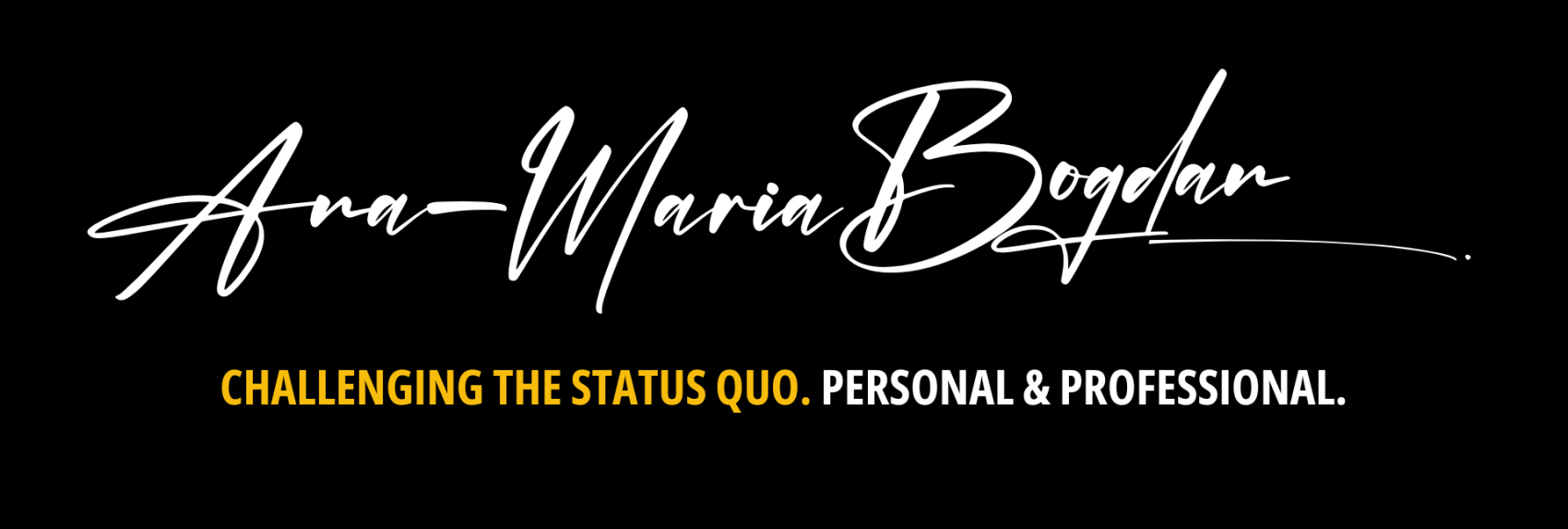Greeks, Egyptians, Jews, Indians, Romanians, Chinese are just few of the wise ancients who appreciated the all mighty healing garlic for its medicinal properties. They did not have scientific evidence, …
Tag:
healing
-
-
For some people meditation is a way of living linked in the most profound way with their spirituality. For others meditation just an approach to training the mind and a …
-
It’s not without a good reason why Ancient Greeks called dolphins “hieros ichthys” which means sacred fish. Dolphins are extremely intelligent and full of surprises as you’ll see …


